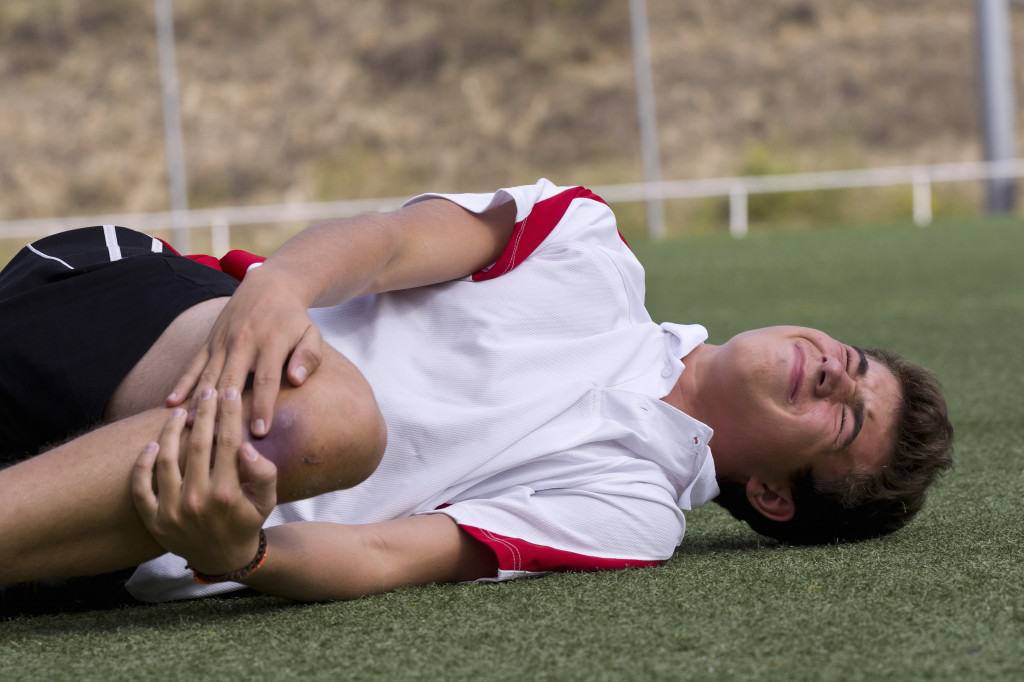- Adherence to the recovery process post-injury is crucial to prevent complications and ensure a safe return to sports.
- Sports medicine services are pivotal in tailoring a recovery plan and facilitating effective rehabilitation.
- Patience and gradual progression are necessary to avoid re-injury and ensure a triumphant return to pre-injury performance levels.
- Accepting potential long-term issues and redefining athletic goals are essential for long-term health and mobility.
For a performing athlete, an injury can be devastating. It can disrupt their career, affect their physical capabilities, and impact their mental well-being. According to the American Academy of Orthopaedic Surgeons, more than 3.5 million sports injuries occur each year in the United States alone, highlighting the widespread nature of the problem. These injuries can range from mild sprains and strains to severe trauma, like fractures or head injuries. The recovery process is often long and grueling, resulting in significant time away from the sport they love and potentially compromising their performance upon return. The emotional toll can be immense, too, as athletes often face anxiety about re-injury or diminished performance capabilities.
Recovering back to normal, unfortunately, can be a challenging and complex journey, but it is possible. Here are some tips for athletes to help them get back on track after an injury.
Follow the Recovery Process

Adhering to the recovery process is crucial for all athletes who have sustained an injury. This process not only ensures the athlete returns to their sport safely and on time but also helps prevent potential complications and re-injury. Ignoring or rushing the recovery process may result in incomplete healing, leading to chronic issues and possibly causing permanent damage. Therefore, athletes need to follow the recommended recovery process accurately and patiently. Below are the key steps to consider:
Immediate Care
The initial response to an injury often determines the speed and efficiency of the recovery. This involves proper first aid care, including Rest, Ice, Compression, and Elevation (RICE). Seek immediate medical attention for serious injuries, and consult a healthcare professional before resuming activity.
Medical Consultation
Consulting with a medical professional, such as a physiotherapist or sports medicine doctor, is essential for a proper diagnosis and personalized treatment plan. They can guide you on the recovery timeline, the dos and don’ts, and when it’s safe to return to play.
Rehabilitation
This is where the main body of work happens. It involves healing the injury, restoring function, rebuilding strength, and retraining the body to perform athletic movements. This may include physiotherapy, strength and conditioning exercises, and a gradual return to sport-specific training.
Psychological Support
The psychological impact of an injury should not be underestimated. Athletes may benefit from psychological support, such as counseling or working with a sports psychologist, to help manage concerns about re-injury, performance anxiety, and maintaining a positive mindset during recovery.
Work Your Way Back Up

Seeking the appropriate sports medicine services during your comeback journey plays a pivotal role in injury recovery. With their expertise in diagnosing, treating, and preventing sports-related injuries, these professionals can tailor a recovery plan that addresses your specific needs, facilitating a safer and more effective return to your sport.
Prescribed rehabilitation exercises will be vital to accomplish. These workouts are designed to rebuild your strength and improve flexibility, enhance mobility, and restore your balance and coordination – all crucial aspects for an athlete.
Patience will be critical during this process, as it may take time to regain your previous level of performance. It’s essential to listen to your body and not push yourself too hard, too soon. Gradual progression is necessary to avoid re-injury and ensure a successful comeback.
Acceptance of Long-Term Issues
In some instances, despite diligent rehabilitation and adherence to sports medicine services, you might not regain your pre-injury strength or performance level. Various factors contribute to this, including the severity of the injury, age, and the body’s natural healing capacity. Chronic issues, such as joint instability, persistent pain, or decreased range of motion, may persist, affecting your ability to perform at your previous level.
It’s crucial to understand that this is a potential outcome and not a failure on your part. Rather than striving to regain your previous capabilities, focusing on optimizing your current potential is recommended. This could involve adapting your technique, exploring new training methods, or even considering other sports or athletic activities that are less demanding on your body. You may also need to redefine your athletic goals and what successful recovery means. This might mean prioritizing long-term health and mobility over competitive performance.
Final Thoughts
As an athlete, injuries are almost inevitable. However, with proper care and support, athletes can recover successfully and confidently return to their sport. Remember that recovery is a gradual process that requires patience, perseverance, and acceptance. Seek professional help, follow the recommended recovery process, and gradually work your way back up. Most importantly, prioritize your long-term health and well-being over short-term performance achievements.
